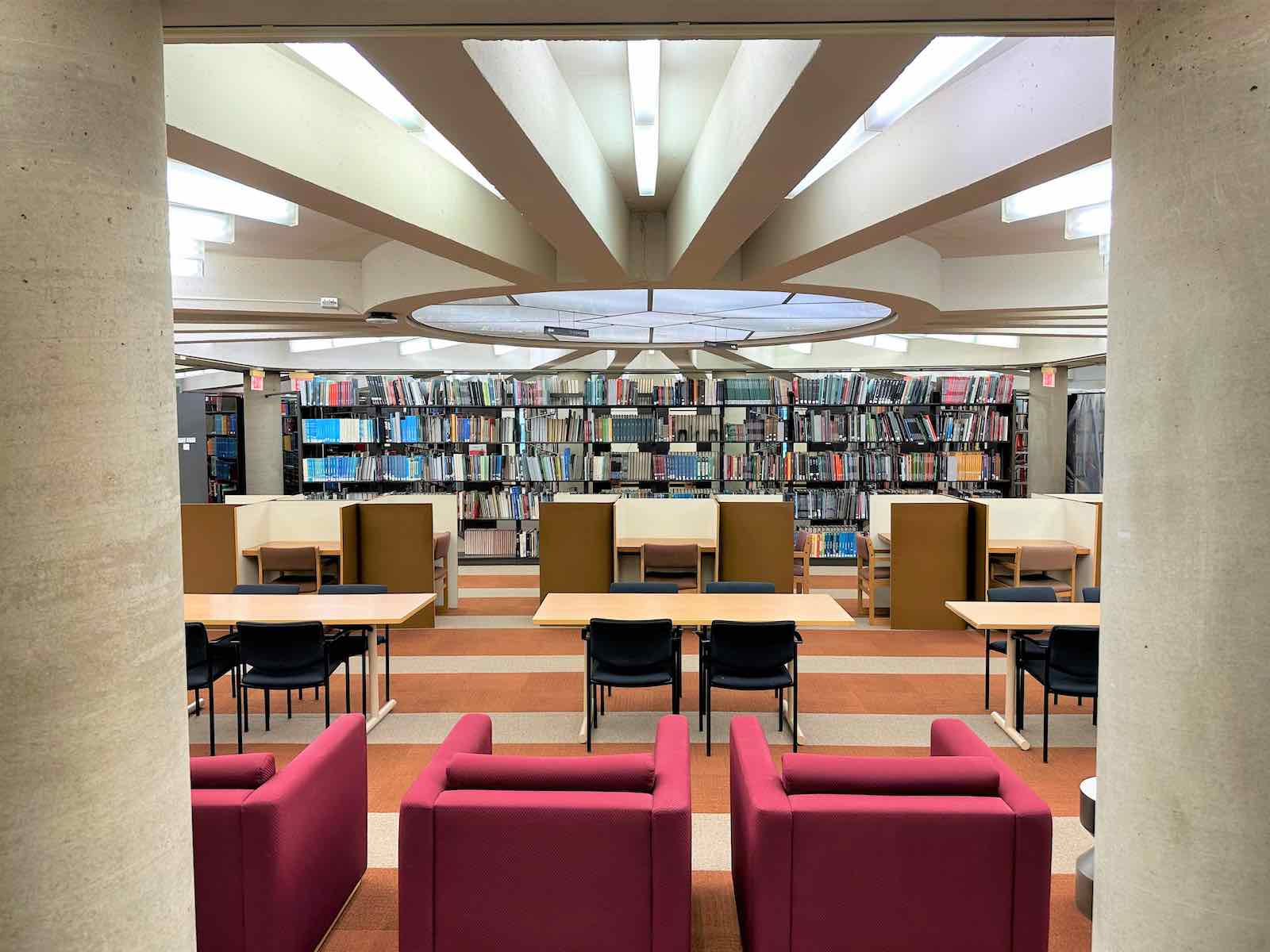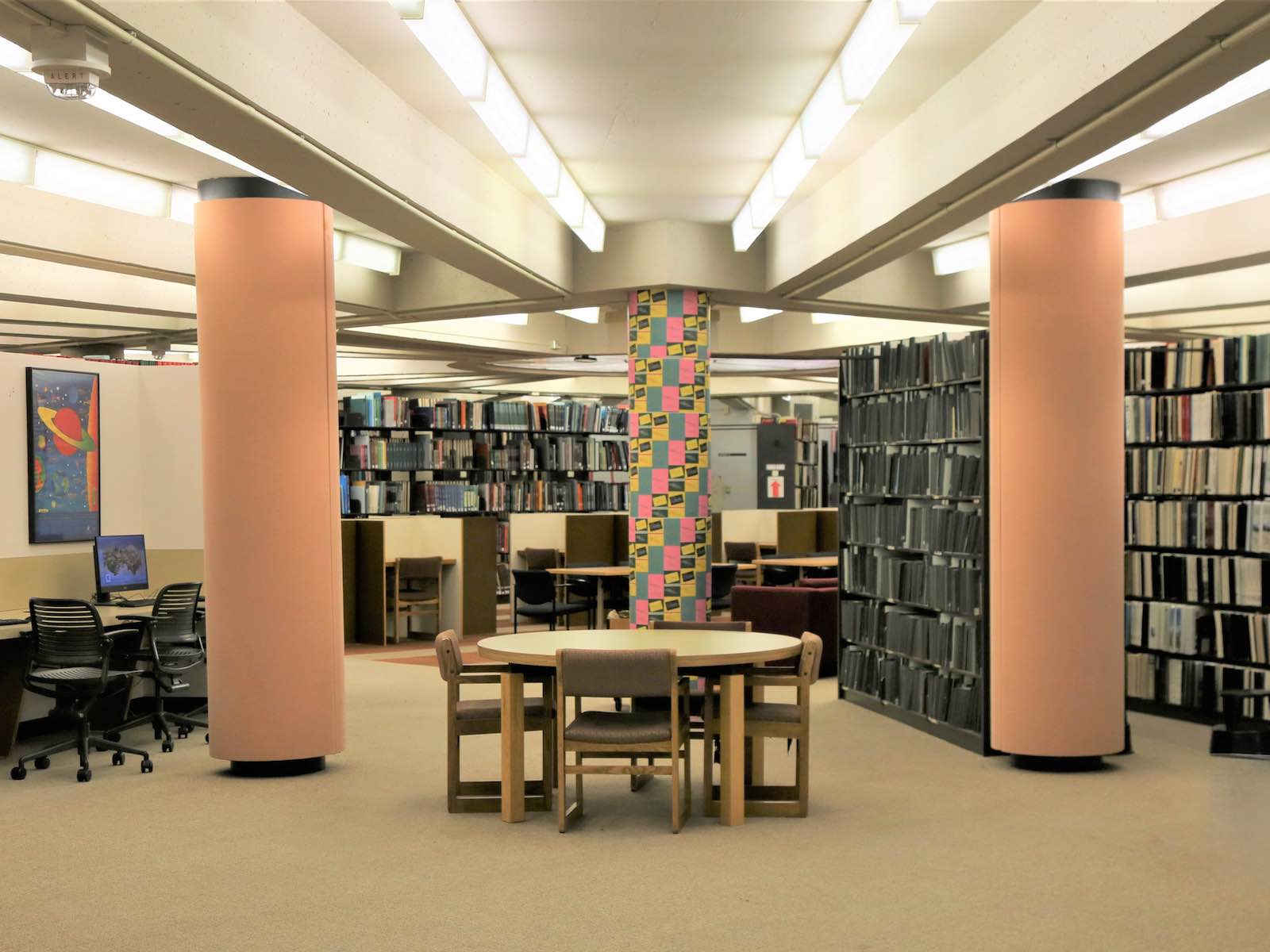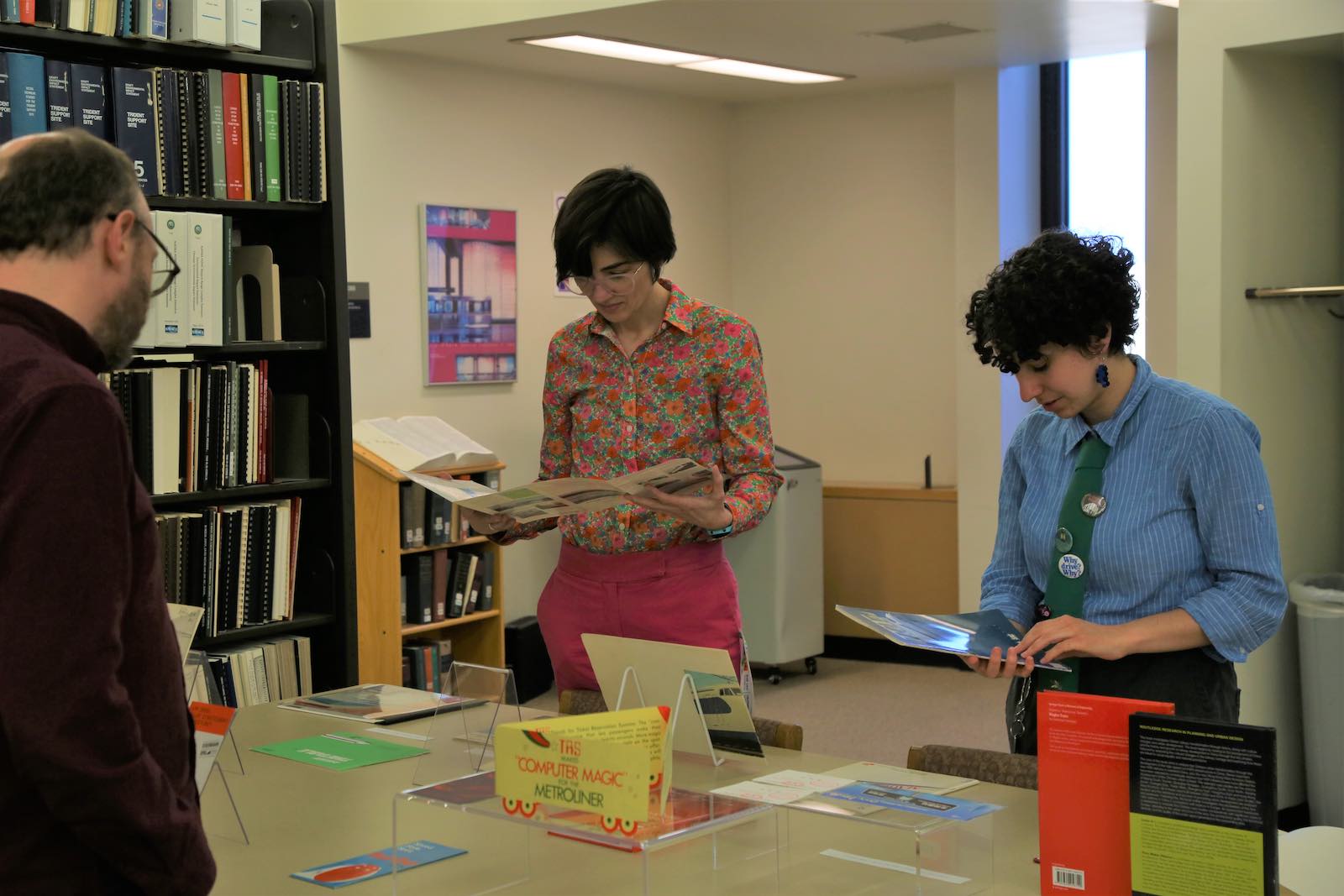For our general collections, our most noteworthy collection is our Environmental Impact Statement collection. Numbering over 33,000 volumes, it is the largest collection of in-print EISs in existence. Federal agencies are required to produce an EIS any time a planned project might have a significant impact on the environment, and this must include analysis of that project as well as possible alternatives. Though they may sound like dry federal documents, they are fascinating for all they contain: for example, an EIS for new highway construction might include data on impacts to the flora and fauna of the region as well as demographic information on displaced people and businesses, estimates of noise pollution, and projected economic and employment impacts to neighboring communities. This collection is widely used by researchers at Northwestern and other universities, federal agencies, and the general public from environmental historians to concerned community members.
What are you looking to acquire? What areas are you looking to build in?
My primary interest is to build our collection to include voices that have historically been left out of conversations around transportation. This includes women and people of color, and the question of who has historically had the right to the street and to transportation systems. I’m very interested in materials on advocacy, protest movements, and planning for equitable transportation and land use, safe streets, better pedestrian and bicycle infrastructure, and improved transit as well as on unions and labor.
I am also looking to acquire books and ephemera on innovative technologies from years past: for example, previous generations of electric vehicles, high-speed rail, automated people movers, the jumbo jet age, and new concepts in automobility.
A few other specific areas I’m interested include national airlines of newly independent African nations in the 1950s and 60s such as Sudan Airways, Air Mali, and Ghana Airways; bicycle catalogues from manufacturers at the turn of the 20th century, and transportation to and transportation exhibits at World’s Fairs. I’m also always interested in mid-century design, for example Bob Peak’s work for TWA or Herbert Matter’s for the New Haven and Boston & Maine Railroads.
What are some of your favorite works or collections in your library?
One of my favorite collections is the Robert Dean Avery Collection. Avery is an alum of NU, who worked summers as a CTA bus driver during his years as an undergraduate student in the 1960s, before going on to have a long and very successful legal career. His collection includes the tools of the bus driver’s trade: his bus driver’s hat, union pins, and paraphernalia for collecting fares and making change, as well as manuals, training pamphlets, and a daily log. It’s a fascinating glimpse into the work of a bus driver in the mid-1960s, and a great way to start conversations about our collections with current students.
Our collection of late 19th – early 20th century bicycle manufacturer catalogs is another favorite. Dating from 1890 – 1932, the catalogs promote the bicycle as a form of transportation, recreation, amusement, and a creator of community and freedom of mobility, particularly for women. The core of this collection has been digitized, and it is a collection that we continue to build.
The Transportation Advocacy Archive was created in 2022 to collect on the current moment in transportation activism, and I’m excited to continue to add to this collection. It includes digital and printed materials from grassroots organizations here in Chicago that are working for safe streets and better public transit. I think it will be a unique resource for future researchers to more fully understand the forces behind how our streets and cities are being shaped – I hope, for a safer and more equitable future.
What are some unexpected collections in your library?
It’s surprising to many of our patrons that so many of the developments that we regard as innovative transportation today have predecessors in transportation history. These collections include materials on electric vehicles: brochures for in-home electric vehicle chargers from 1910, a map of public electric vehicle charging stations in Chicago from 1911, and ephemera and albums from upstart and established companies alike, capitalizing on the revival of interest in alternative fuel vehicles during the oil crisis of the 70s. Additionally, automated people-mover systems, like vacuum tube transit plans from the 1960s – a sort of proto-Hyperloop – are fascinating for the future-that-could-have-been and the attempted projects that have been largely forgotten.
Our annual report collection numbers over 18,000 volumes dating back to the 1820s, covering all modes of transportation with a worldwide scope but with particular strengths in US airlines and railroads. Though they might seem on the surface like straightforward financial documents, annual reports document important cultural moments: the Africanization of staff in the newly independent East African Airways in the mid-1960s, for example. Another favorite element of this collection is the graphic design component, as airlines and railroads prominently featured brand redesigns from the mid-20th century in their annual reports. The 1967 annual report for Continental Airlines, for example, features a perspective on Saul Bass’s Jetstream logo that I haven’t seen elsewhere in print, and Alexander Girard’s work for Braniff International is a centerpiece of the company’s 1965 report.
If your library hosts exhibitions, do you have anything upcoming? T
Two Thousand Miles of Blue Sky and Water: Passenger Steamships of the Great Lakes will be on display in our lobby starting in mid-August. The exhibition is based on a recently digitized collection of passenger ship ephemera dating from the late 19th – early 20th century, which was recently digitized. Planning is also underway for Traffic in Cities, on the past and future of transportation and land use in cities. I look at it as an exciting opportunity to share historical materials in our collections on urban mobility including such topics as pedestrians’ rights to the city, personal rapid transit systems, highway revolts, and urban air transportation – as well as current conversations around automated, connected, electric, and shared mobility.




















